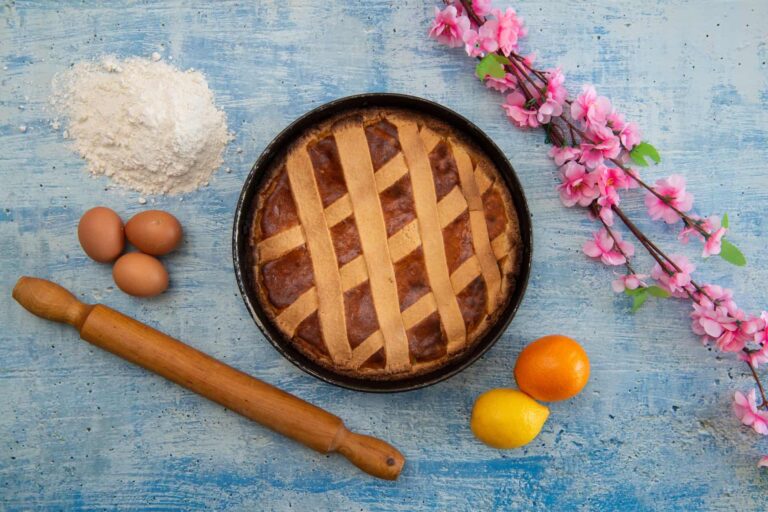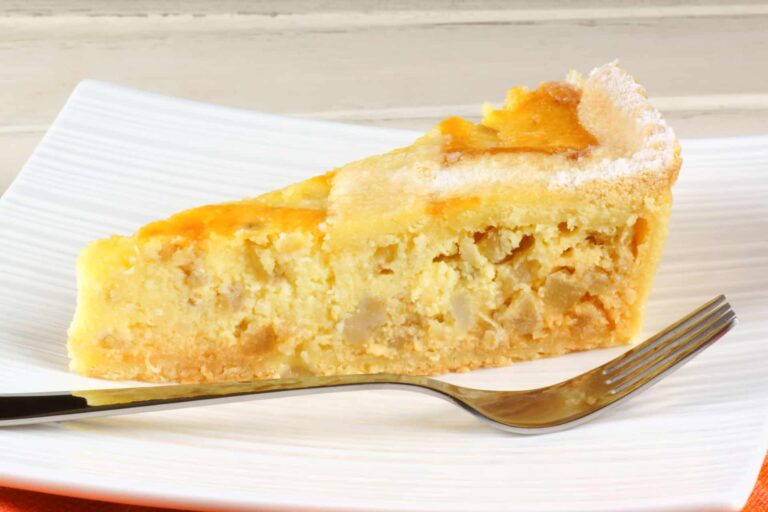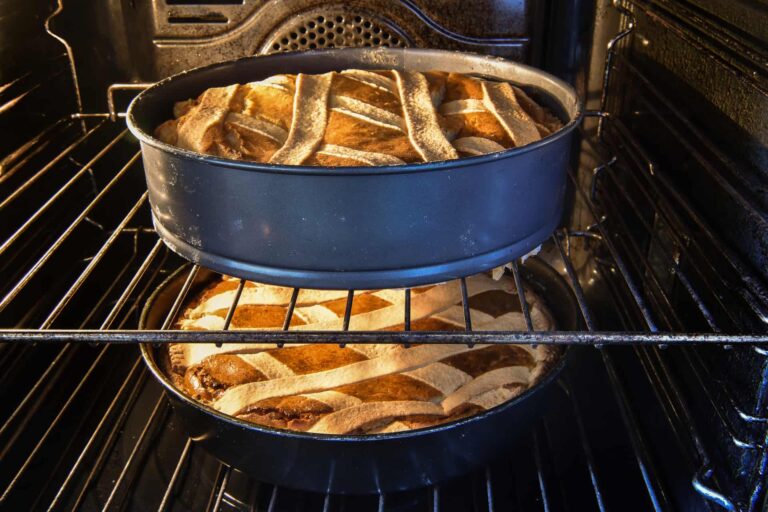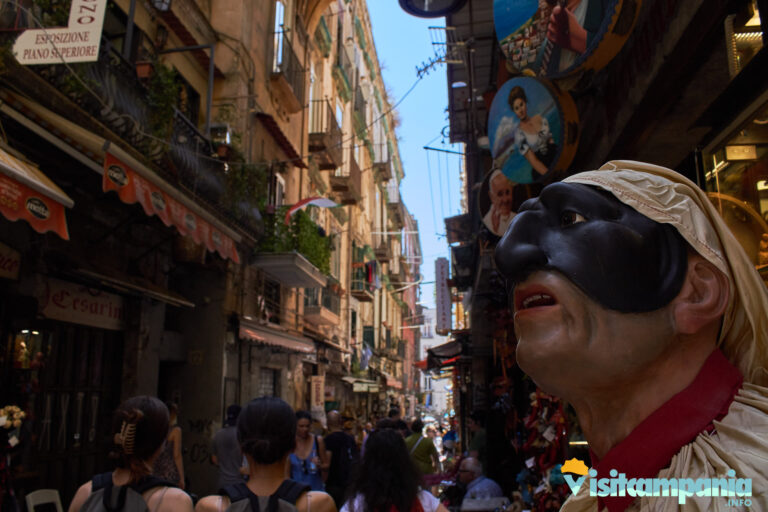The Neapolitan Pastiera: symbol of spring and Easter tradition
Aromas of orange blossom and lemons, candied fruit and shortcrust pastry, wheat cream and ricotta, these are the smells that invade the houses of Naples during the Easter period. It is the Neapolitan pastiera, a traditional dessert of Neapolitan pastry, ancient and always greedy. In fact, being a symbol of the city to the point of being officially recognized as a traditional agri-food product from Campania, you can find the pastiera all year round in many pastry shops in Naples to the delight of tourists and even residents.
In essence, the pastiera is a flavored shortcrust pastry cake filled with cream made from wheat cooked in milk and ricotta, flavored with orange peel and lemons. The appearance resembles a tart being covered with intertwined strips of shortcrust pastry and has a very inviting golden and shiny color.
The origin is ancient and sinks into pagan symbolism linked to spring, rebirth and prosperity and then become, in more recent times, a sweet symbol of Easter.
Although it is certainly a Neapolitan dessert, it is widespread with different variations, however traditional, throughout the Campania region. Finally, there is no shortage of more modern interpretations that, starting from tradition, reinterpret it in more current and fashionable keys.
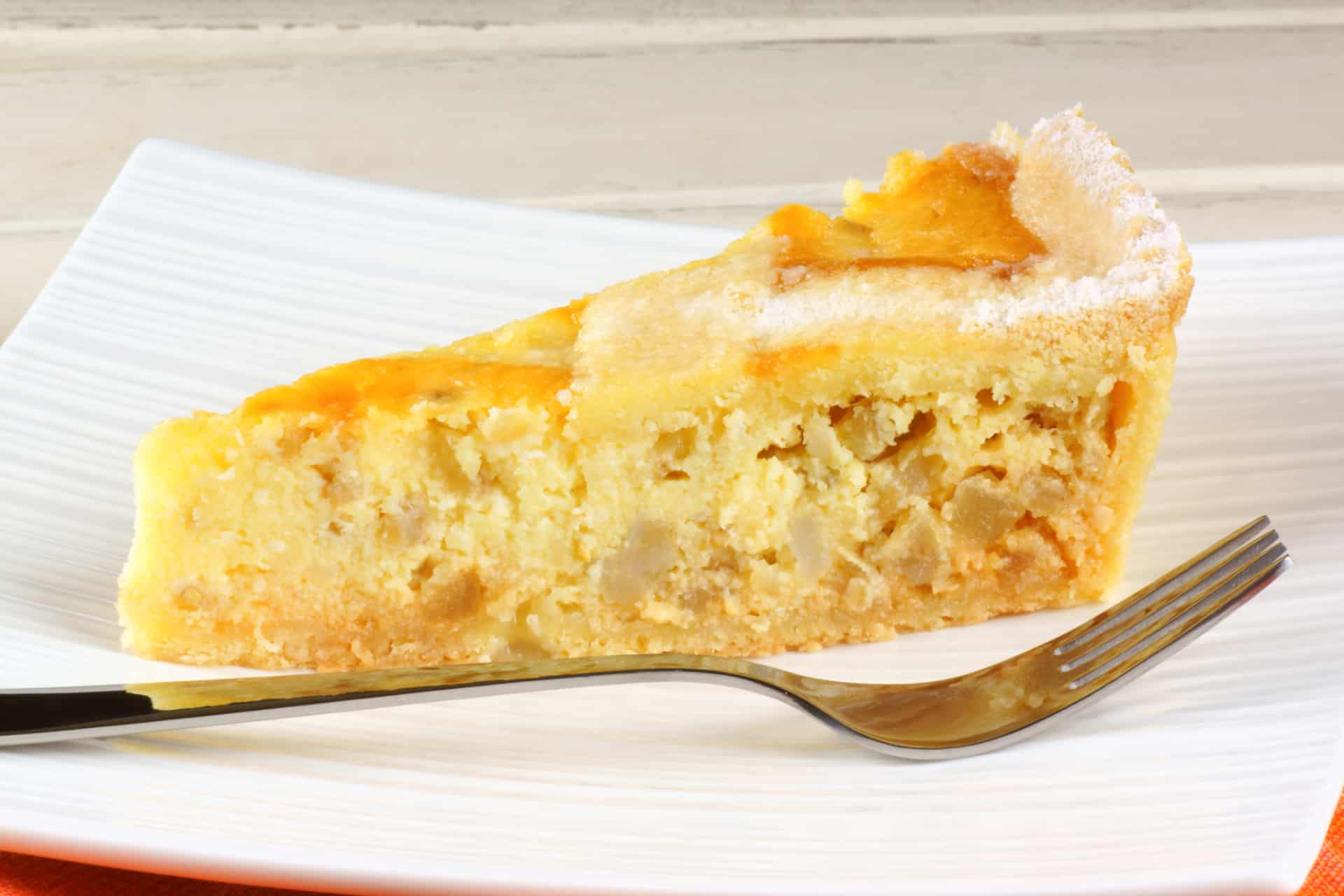
Ingredients and preparation
The preparation of the Neapolitan pastiera requires patience. The process is complex and requires many distinct ingredients and processes.
The first step is the preparation of citrus flavored shortcrust pastry. Then we move on to the cream of wheat boiled in milk, enriched with sugar, sheep’s milk ricotta, eggs, candied fruit, orange and lemon peel and orange blossom water.
Finally , assemble everything by spreading the pastry in a cake tin with a high edge called ruoto, stuff it with cream and cover everything with strips of braided shortcrust pastry. In this way the typical contrast between the crunchy pastry and the softness of the cream is obtained. At the exit from the oven, then, you can add a sprinkling of icing sugar. Fundamental, however, is to let it rest for a day. The name pastiera, in fact, derives from “pasta r’aier” that is pasta of yesterday and it is precisely rested that gives the best of itself. That’s why it is traditionally prepared on Thursday or Good Friday and then eaten at Easter and Easter Monday. If you’re a tourist, though, don’t worry. Today you can find pastiera all year round in many pastry shops in Naples.
The variants: tradition and modernity
The one described so far is the most famous version of the Neapolitan pastiera. There are, however, several traditional variations both sweet and savory widespread in various parts of the Campania region. Starting right from Naples we find the rustic pastiera. Similar to the sweet one, it replaces sugar and candied cream with cold cuts, cheeses and cracklings. Leaving Naples and heading to Torre del Greco and Torre Annunziata we meet the pastiera ‘e ferellini, that is, angel hairs. This pastiera is made with thin spaghetti mixed with a mixture of eggs, sugar, candied fruit and citrus aromas. In Benevento, Salerno and Cilento, then, there is the rice pastiera, perhaps the most widespread variant. It is very similar to the Neapolitan pastiera but the base of the cream is rice and not wheat.
Alongside the variants of tradition, modern reinterpretations are spreading more and more. Sometimes these are simple substitutions of ingredients such as buffalo ricotta instead of sheep ricotta or the use of particular grains such as Senatore Cappelli today widely cultivated in Cilento. Other times, however, these are real innovations such as pastiera ice cream or reinterpretations of starred chefs or famous pastry chefs.
Origin and history of the Neapolitan pastiera
Legends
The origins of the Neapolitan pastiera sink into the mists of time to reach, even, the very foundation of Naples. Legend has it, in fact, that to create the famous cake was the mermaid Partenope in person. The villagers, to thank her for having chosen that gulf as their home and for her melodious voice, gave her seven first fruits of nature that the mermaid mixed with magical arts obtaining the first pastiera in history!
Another legend has it, however, that it was the Sea that mixed the ingredients contained in the baskets that some women had left on the beach to ask the Sea itself to let their fishermen return home safely.
There are, then, several other legends that trace the origins of the pastiera to the rites of the priestesses of the Goddess Ceres, in Roman times, or to theritual facce widespread at the time of Constantine.
Finally, still on the subject of legends, it has spread The sideboard, indeed unfounded, that the strips of shortcrust pastry must necessarily be seven, either to recall the seven fundamental ingredients, or with reference to theological virtues and to resume the urban structure of Greek-Roman Naples consisting of three decumani and four hinges.
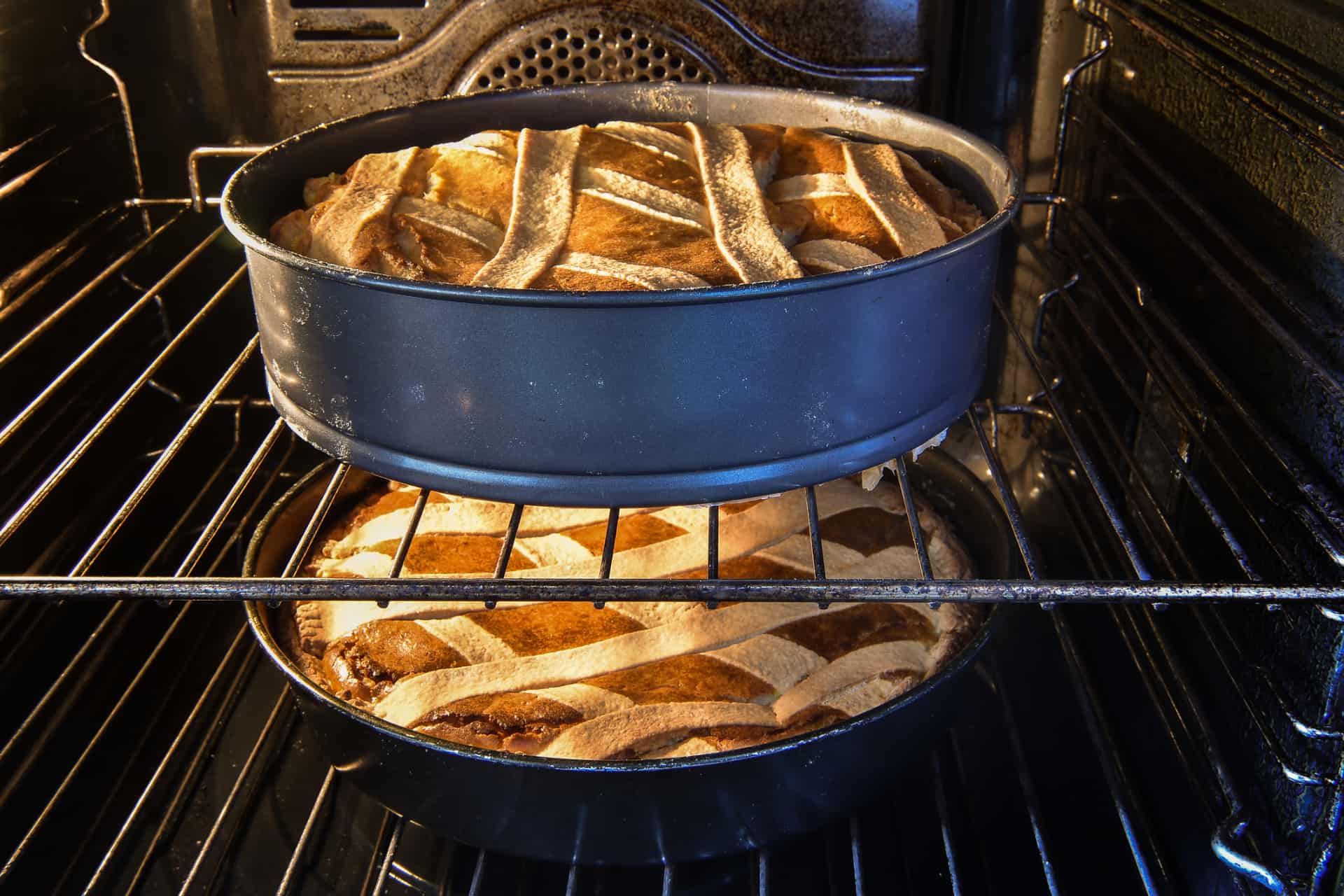
The history of the Neapolitan pastiera
The fact is that to find a written and explicit reference to the pastiera you have to wait until the seventeenth century. In fact, the pastiera is mentioned in the fable the cat Cinderella by Giambattista Basile, included in the famous collection of popular fables Lo cunto de li cunti (1634-1636).
The first written recipe dates back to 1693 and appears in the cooking treatise Lo scalco alla moderna by Antonio Latini, written and published in Naples.
Among the ingredients of Antonio Latini’s recipe, in addition to wheat and ricotta, there were grated cheese, pepper, salt, pistachios in musk pink water, pistachio milk, all collected in marzipan paste diluted with other ancient aromas. A big difference compared to the pastiera that we eat today and that we find formalized, for the first time, in a dialect booklet Cusina casarinola to the use nuosto napolitano written by Ippolito Cavalcanti in 1837. In the middle two hundred years of evolution due, above all, to the nuns of the Neapolitan convents and those of the convent of San Gregorio Armeno in particular. The pastiere of the latter acquired great fame in the seventeenth century when they became a habitual gift, for Easter, to the aristocratic families of the city.
Finally, since these are Neapolitan issues, in the history of the pastiera can certainly not miss the Bourbons. So it seems that Queen Maria Theresa of Austria, wife of King Ferdinand II, known for never laughing just could not hold back a smile when pushed by her husband finally tasted the pastiera.
To learn more
- GialloZafferano – Pastiera Napoletana, original recipe of Gambrinus di Napoli (video);
- Casa Pappagallo – Traditional Neapolitan pastiera (video);
- Neapolitan pastiera: 3 recipes by Sal De Riso – Minori (video);
- La Cucina Italiana – The true story of the Neapolitan pastiera (website);
- Fanpage.it – The recipe of the Neapolitan pastiera by chef Cannavacciuolo (website);
- Fanpage.it – The recipe for Sal De Riso’s pastiera (website);
- Dissapore – Neapolitan pastiera: the variants to take seriously (website);
- Cookist – Do you know why the Neapolitan pastiera is covered with 7 strips of shortcrust pastry? (website);


